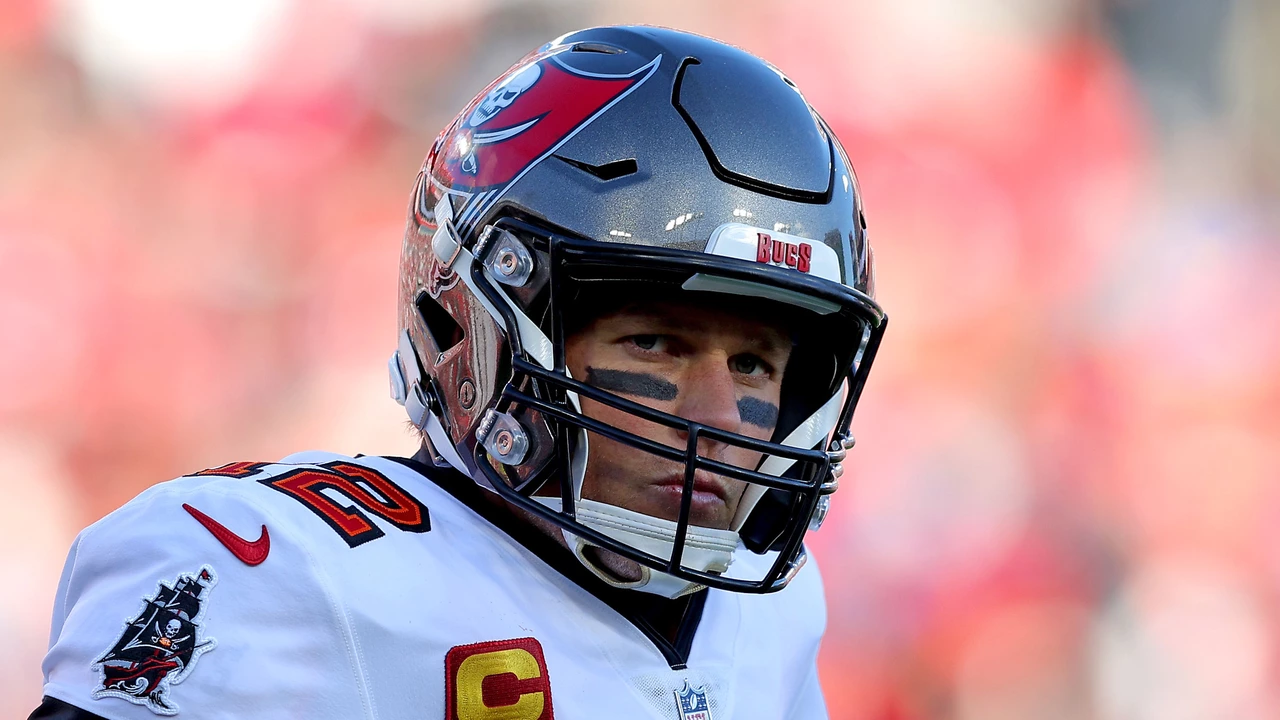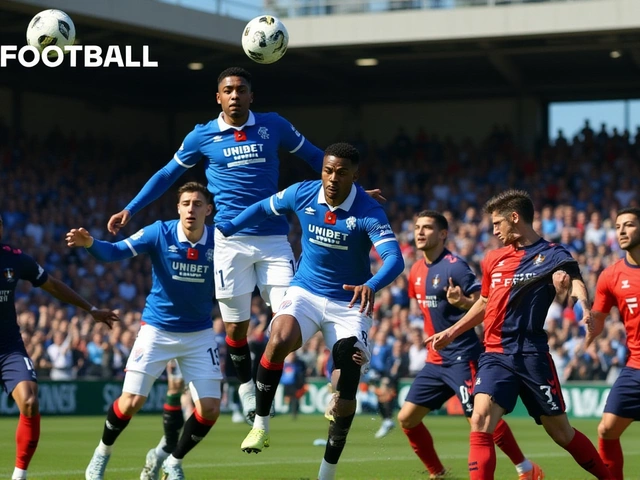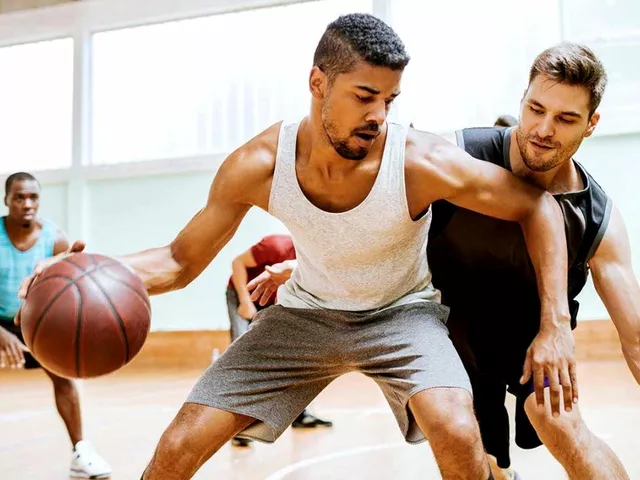Retirement in Sports: How to Capture the Final Bow
Ever watched a star athlete walk off the field for the last time and felt the buzz in the air? That moment is pure gold for a sports photographer. It’s not just about snapping a player in a jersey – it’s about freezing the emotion, the legacy, and the crowd’s roar. In this guide, I’ll share practical tips to help you nail those retirement shots and turn them into timeless memories.
Plan Ahead, Don’t Wing It
First thing’s first: do your homework. Find out the exact schedule of the retirement ceremony, the venue layout, and any special moments the athlete has planned – a speech, a family hug, a trophy hand‑off. Knowing the timeline lets you position yourself where the action will happen without blocking fans or the player. Arrive early, walk the site, and mark spots for the best angles, whether that’s on the podium, in the stands, or at ground level for a low‑angle power shot.
Gear Up for Emotion
Retirement events are heavy on feeling, so your camera settings should reflect that. Use a moderate aperture (f/4‑f/5.6) to keep the subject sharp while softening the crowded background. Crank the ISO up only if the lighting is dim – you don’t want grain ruining a tear‑filled eye. A fast shutter (1/250 s or faster) captures gestures like a hand‑clasp or a medal pass without blur. And don’t forget a short‑focus lens – a 35 mm or 50 mm lets you get close without intruding.
Lighting is another game‑changer. Outdoor retirements often happen in the golden hour; use that warm light to highlight the athlete’s silhouette. Indoor arenas can be harsh, so bring a diffuser or a portable LED panel to soften spotlights on the stage. If the venue has dramatic backlighting, flip to back‑lit mode and let the athlete’s outline glow against the crowd.
Now, focus on the story. Capture wide shots that show the entire stadium buzzing, then zero in on the details – the worn-out boots, the signed jersey, the tear rolling down a cheek. Those close‑ups are what fans will share on social media and what archives will treasure. A quick tip: set a custom white balance before the ceremony starts; consistent colors make post‑processing smoother.
After the event, don’t let those images sit untouched. Back them up immediately, then sort them into categories: ceremony, speeches, candid reactions, and legacy shots. Add metadata – athlete name, retirement date, event venue – so future searches pull up the right file. If you have permission, create a short highlight reel or a photo carousel for the athlete’s official website or fan pages. It’s a simple way to add value and keep the story alive.
Finally, respect the moment. Retirements are emotional milestones, and the athlete’s family may be in the crowd. Ask before you get too close, especially when kids are involved. A polite approach often gets you a genuine smile, while a pushy stance can ruin the atmosphere. Remember, you’re there to serve the story, not just your portfolio.
With a bit of planning, the right gear, and a focus on emotion, you’ll turn a retirement ceremony into a visual legacy that fans and the athlete will cherish for years. Ready to capture that final bow? Grab your camera and go make history.

Would Tom Brady have talked to Manning about retirement?
Hey folks, let's dive into some football gossip! Now, wouldn't it be a hoot if Tom Brady had a little retirement chit-chat with Peyton Manning? Picture it: Two football legends, sipping on protein shakes, discussing the pros and cons of hanging up the cleats. It's just speculation, of course, but considering their mutual respect and similar experiences in the game, it's not a far-fetched idea. So, let's keep our fingers crossed for a behind-the-scenes buddy comedy about the twilight years of NFL superstars!
READ



